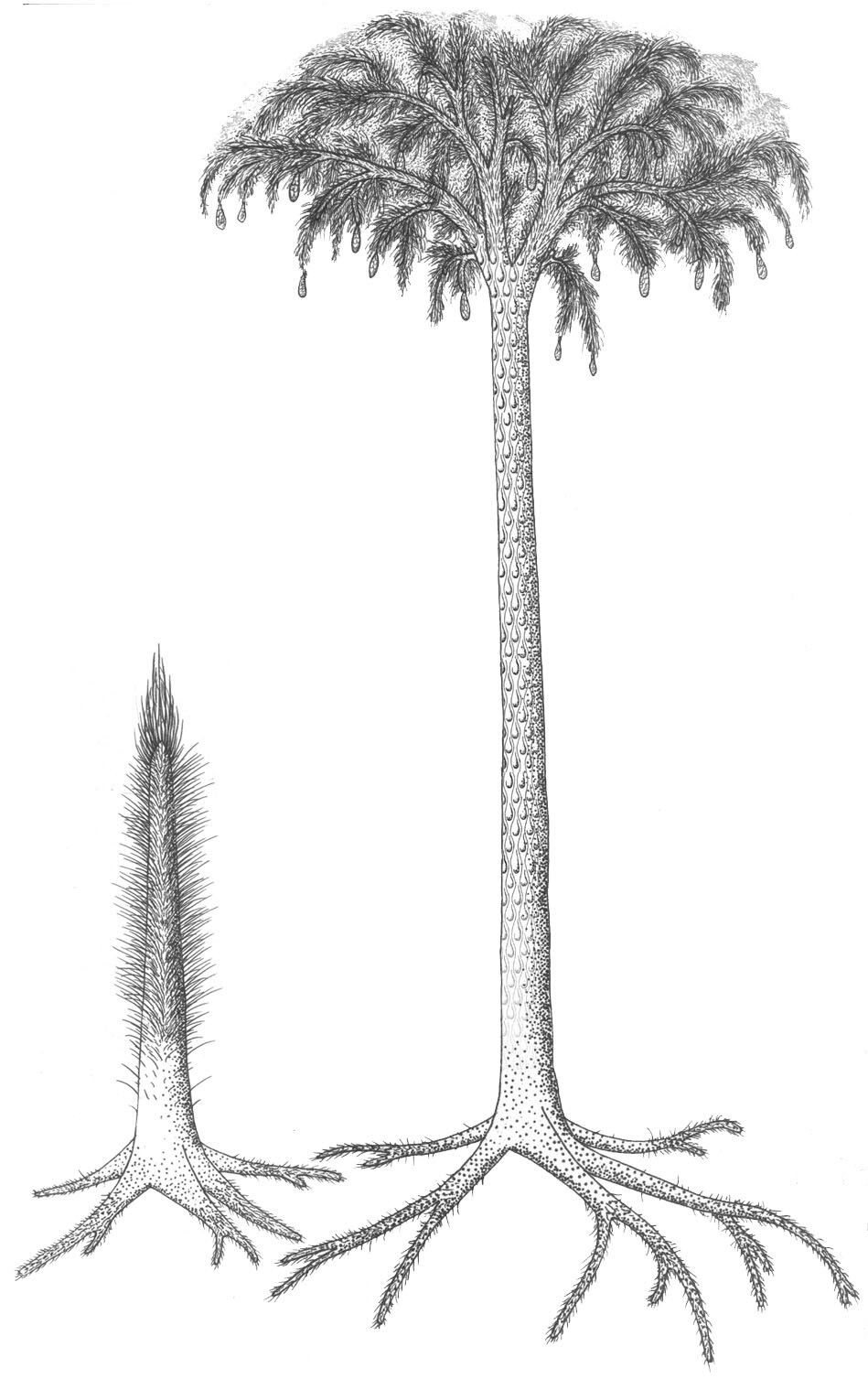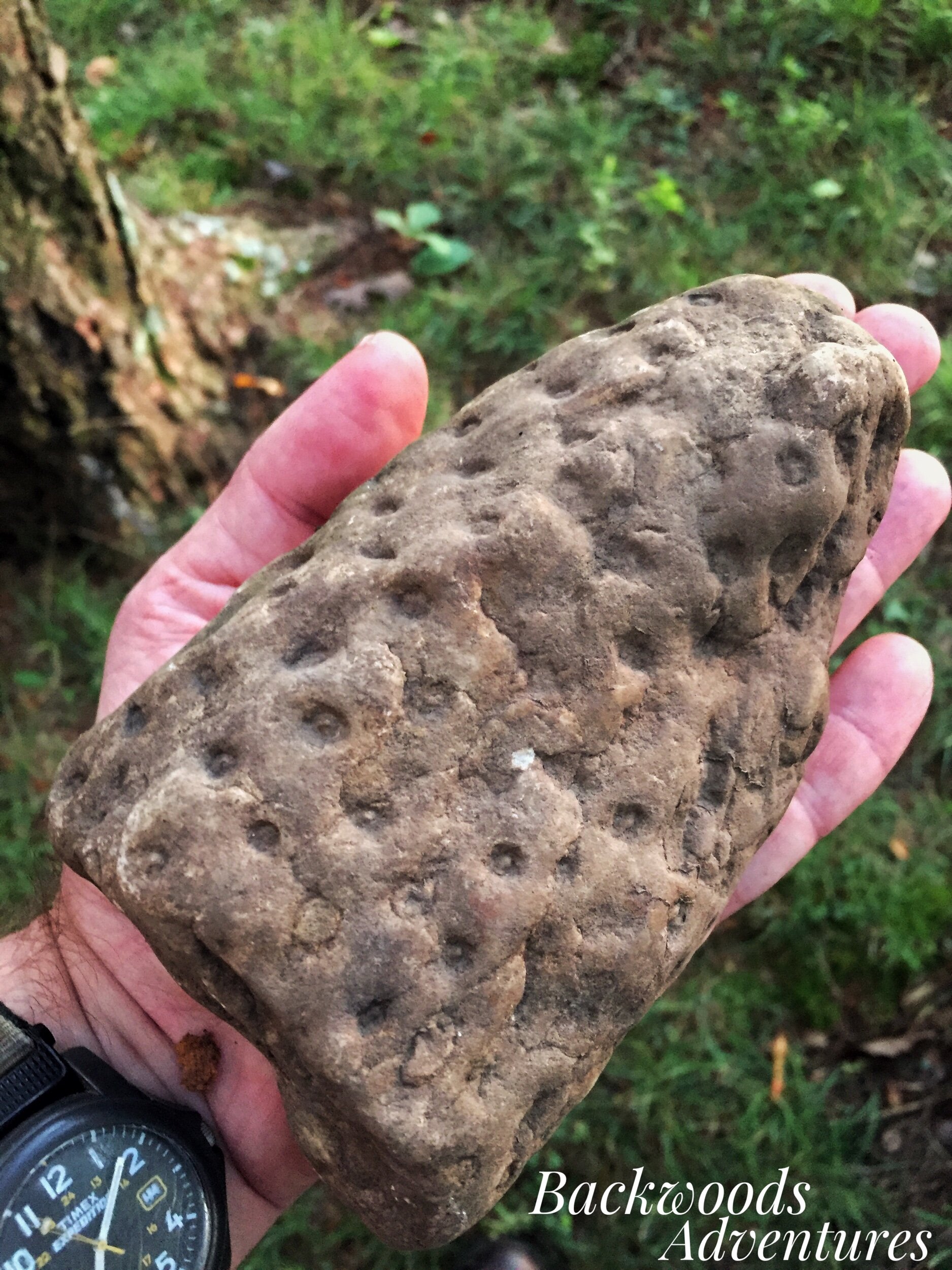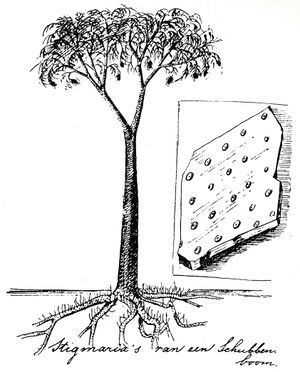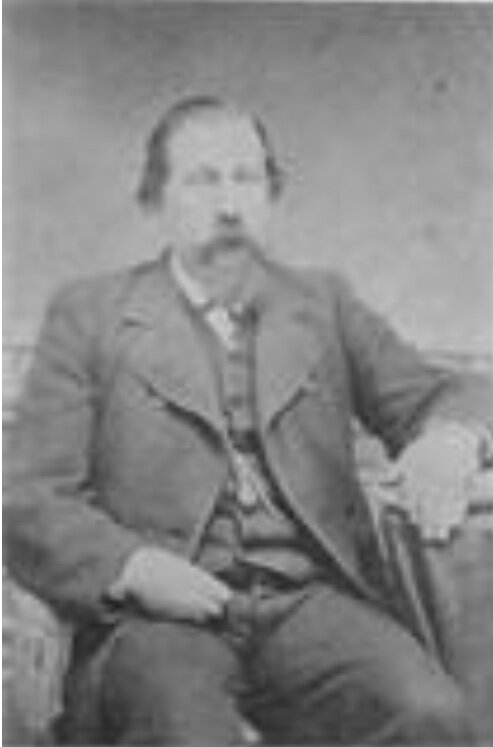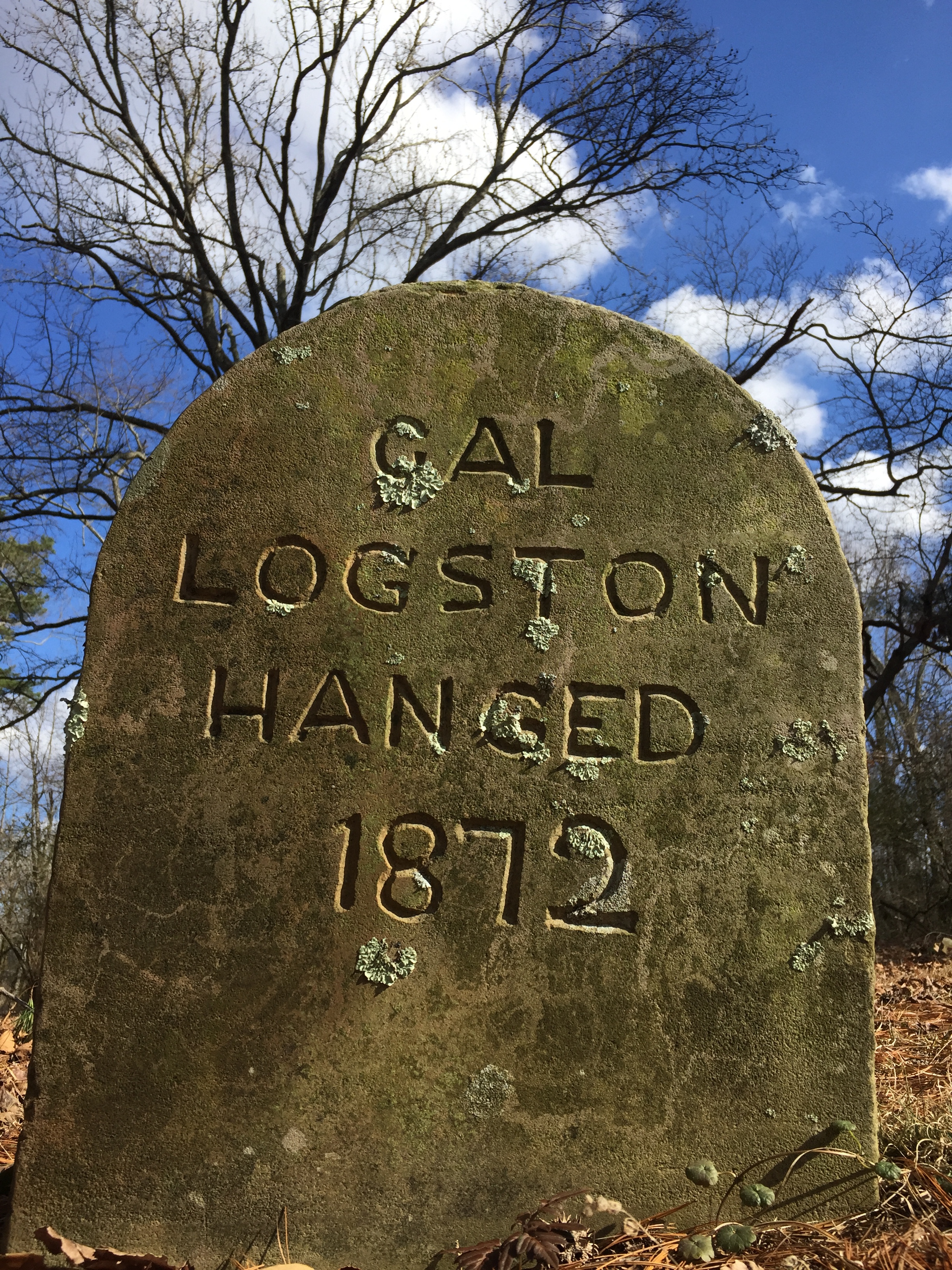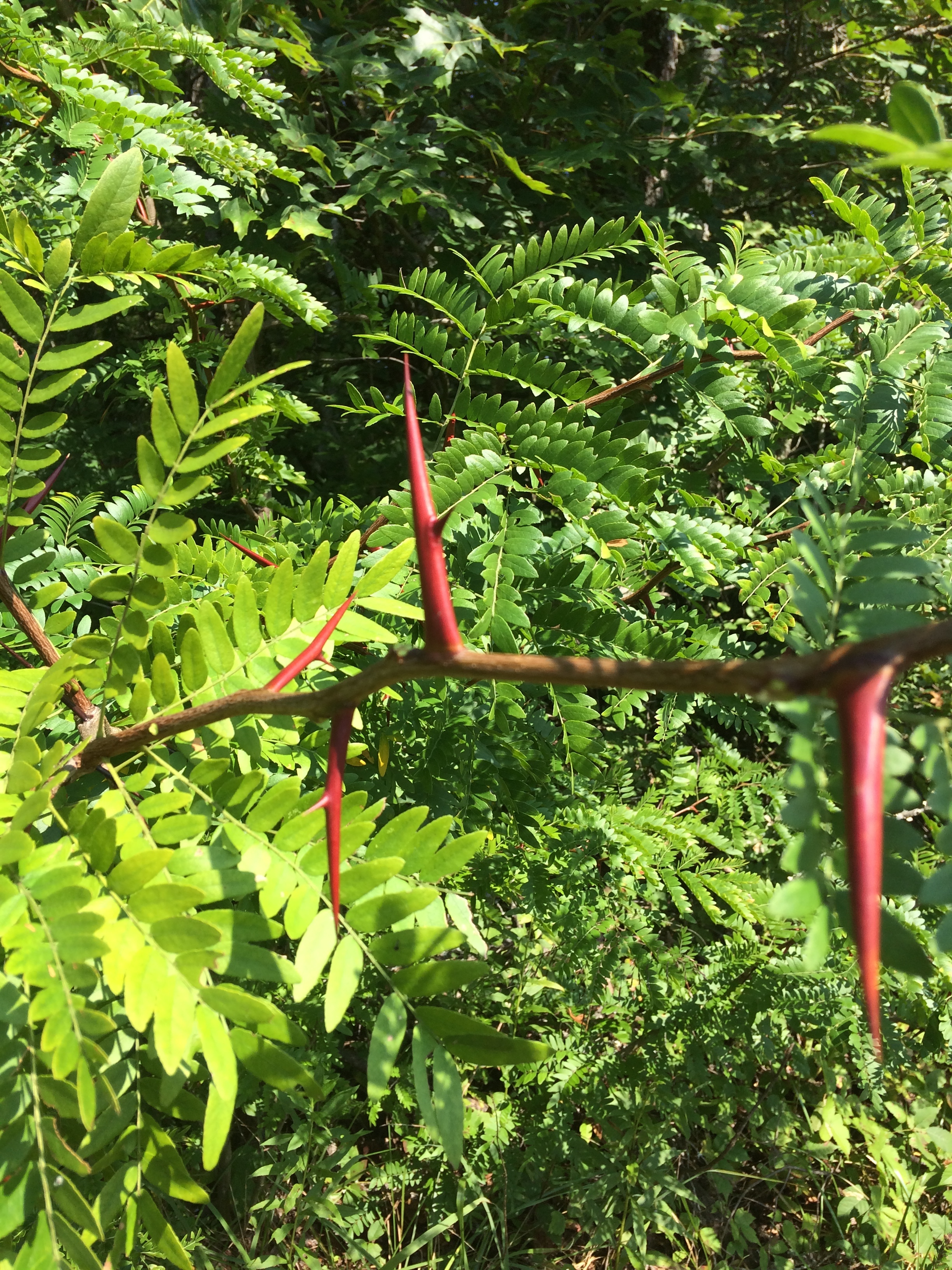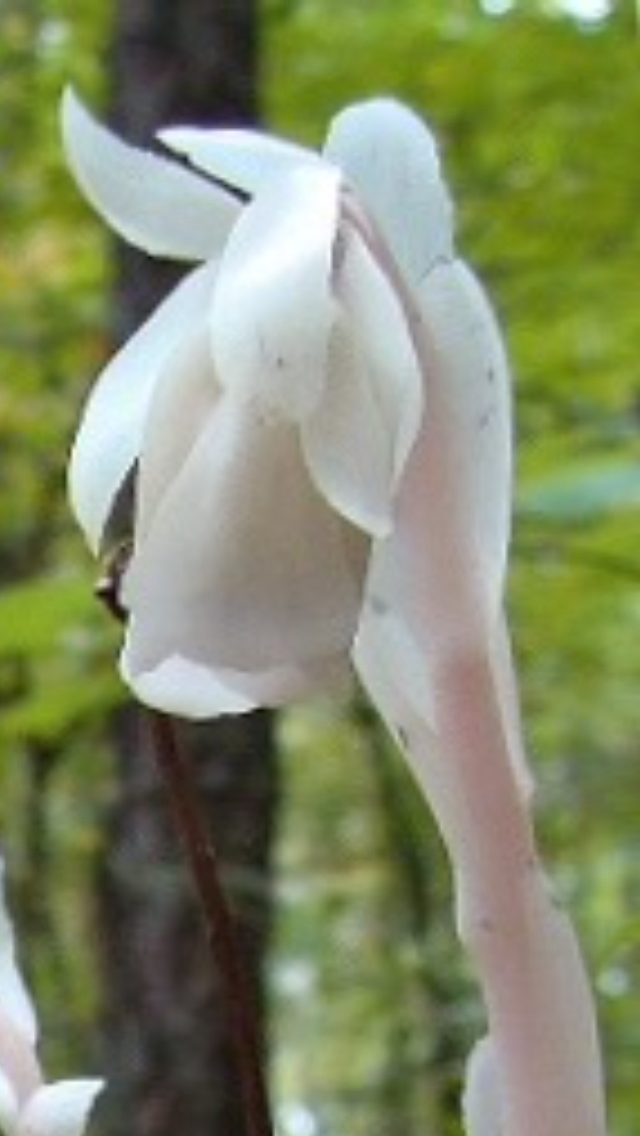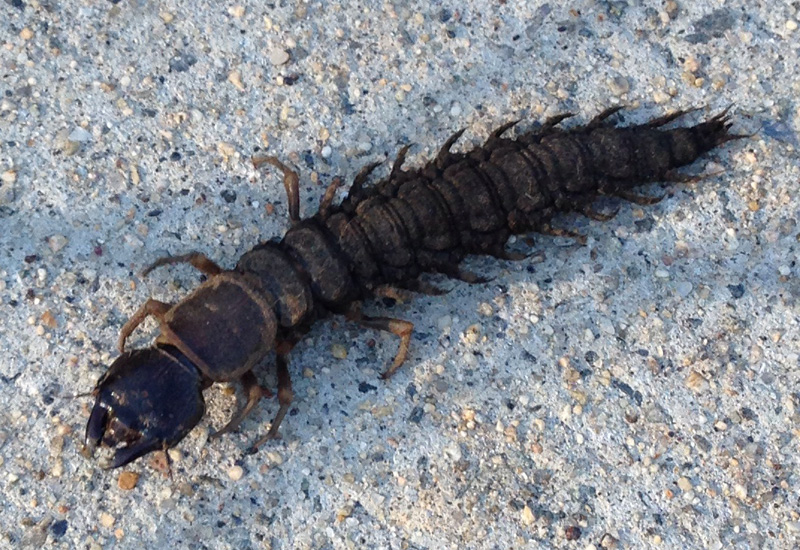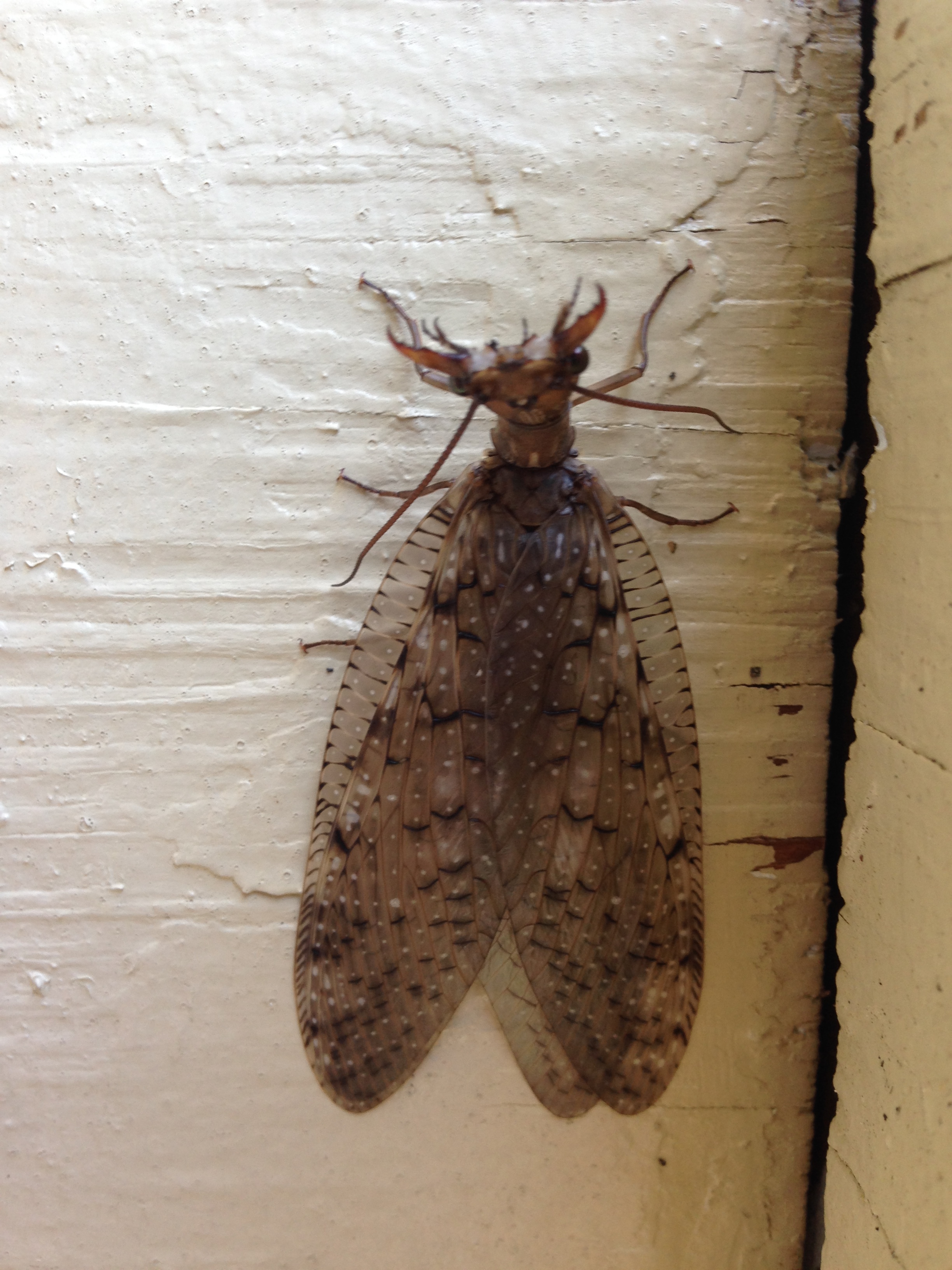Normally when I’m guiding a backpacking,hiking, or even on a solo backcountry trip, it’s easy to feel as if I have stepped back in time. Often I think to myself, this is what the wilderness must have looked and felt like in the 1800’s or even 1700’s.
This trip however while hiking in the Big South Fork NRRA we caught a small glimpse of a time that dinosaurs roamed the earth!
As we hiked along a small creek a plant growing off trail caught my eye. Upon further investigation I found a large patch of Horsetail growing.
I explained to the group that Horsetail is a perennial plant that grows in areas of North America, Europe, Asia, and the Middle East.
Back when dinosaurs roamed the earth Horsetail was the most dominant group of plants on the planet. Although it doesn’t grow very large now, I have read that at one time these plants grew as large as our pine trees do today.
This variety of horsetail is also known as “Scouring Rush”. Because of it's very tough fibers and high silica content. This made these plants useful for cleaning “scouring” iron pots, pans, tin, and pewter. Native Americans used it in their woodworking to create a silky smooth finish. Knights were also said to use this plant to polish their Armor.
Horsetail is the only living genus in the Equisetaceae family of vascular plants that reproduce by spores rather than seed.




































